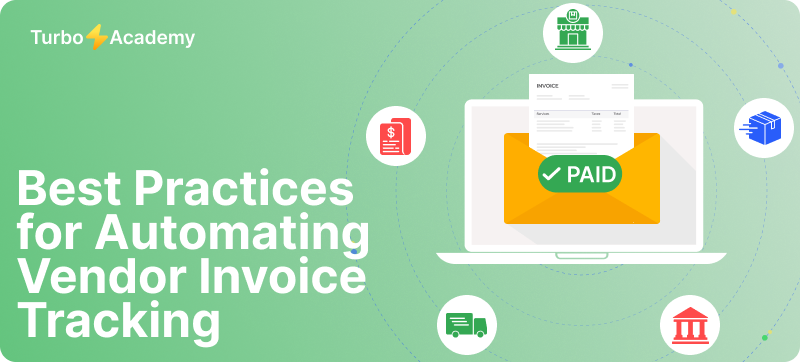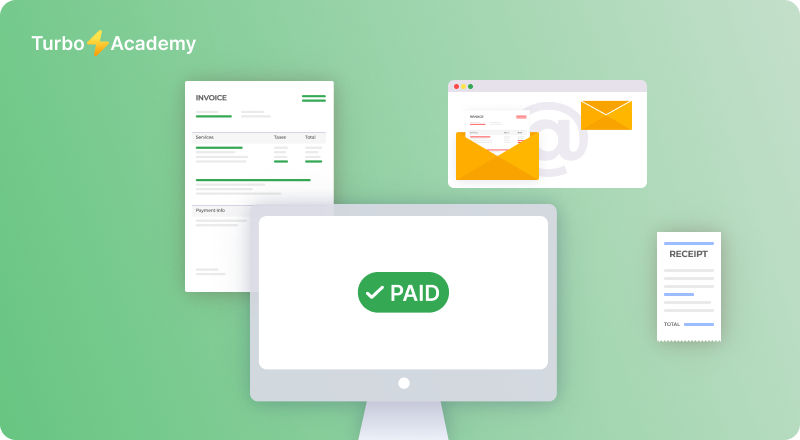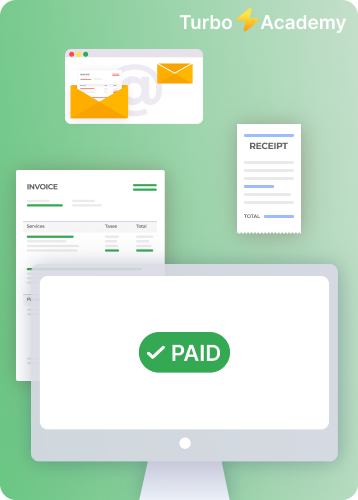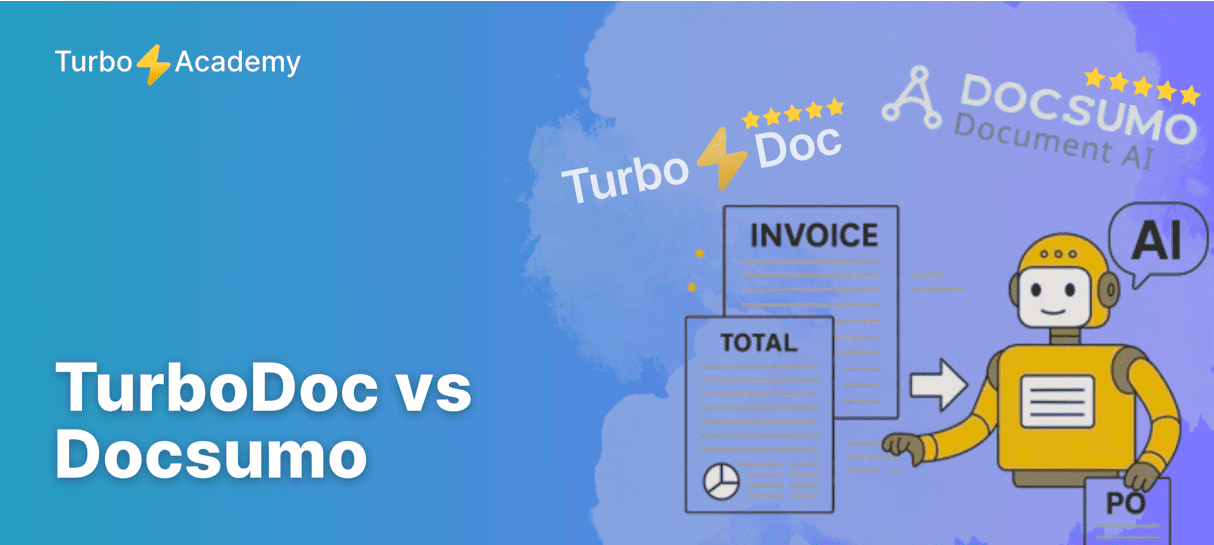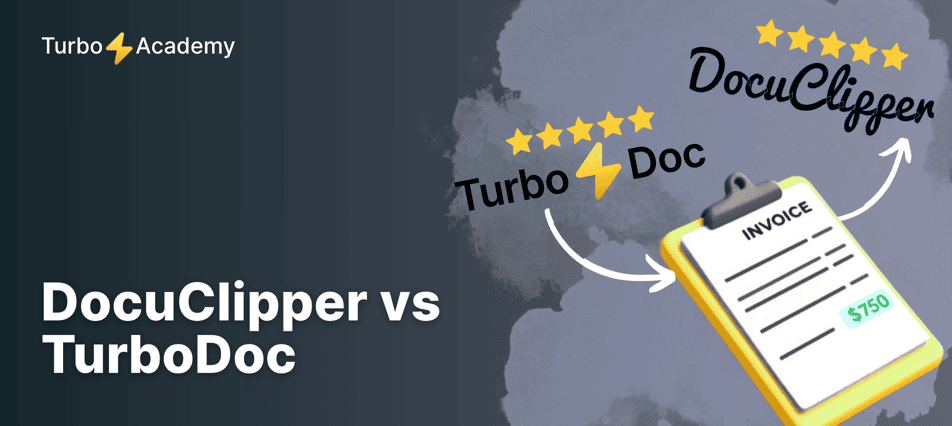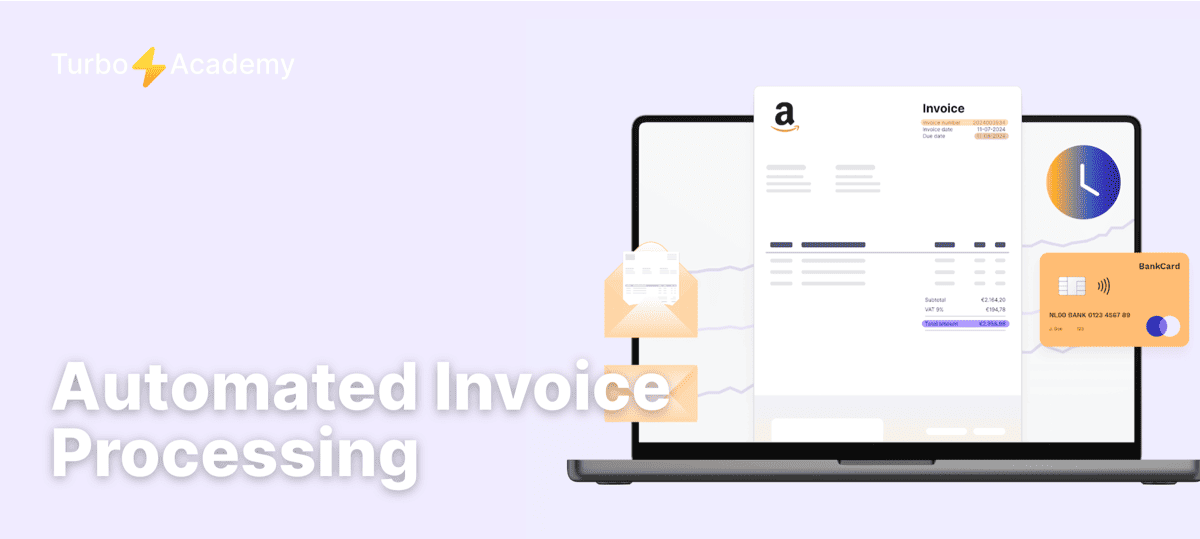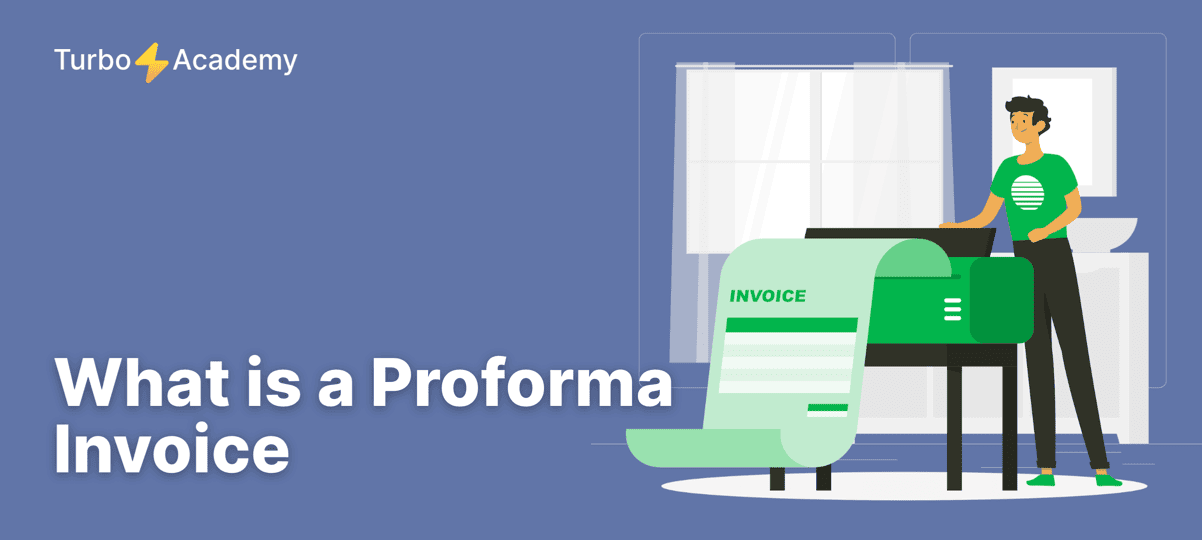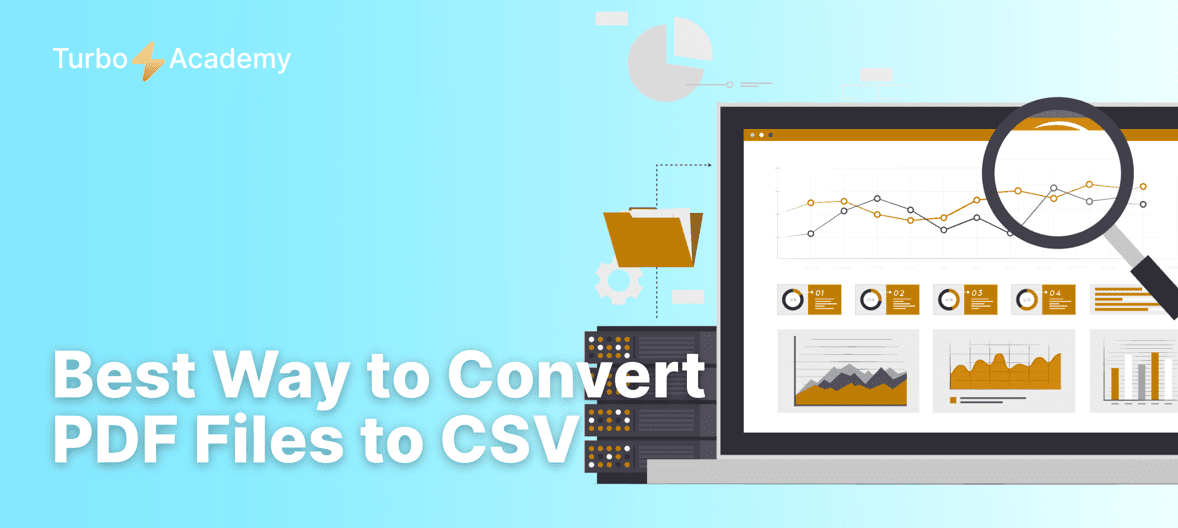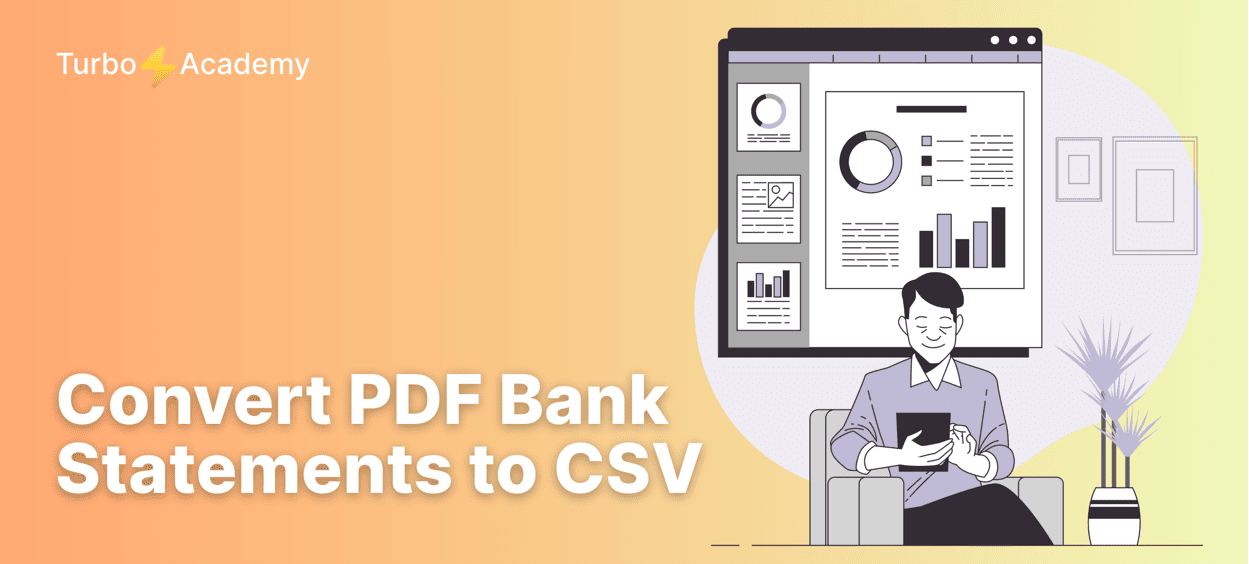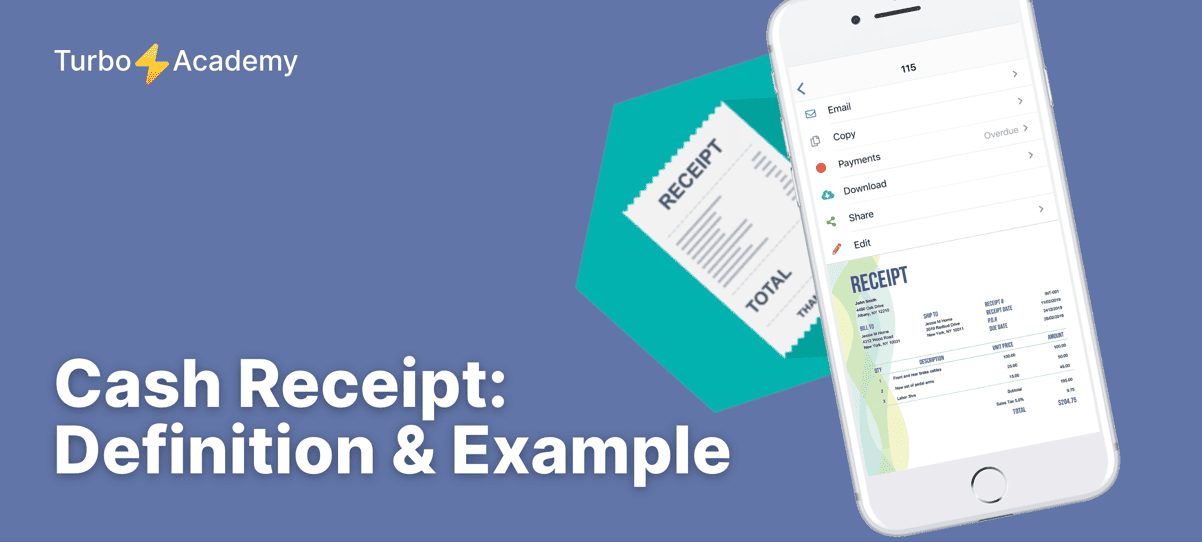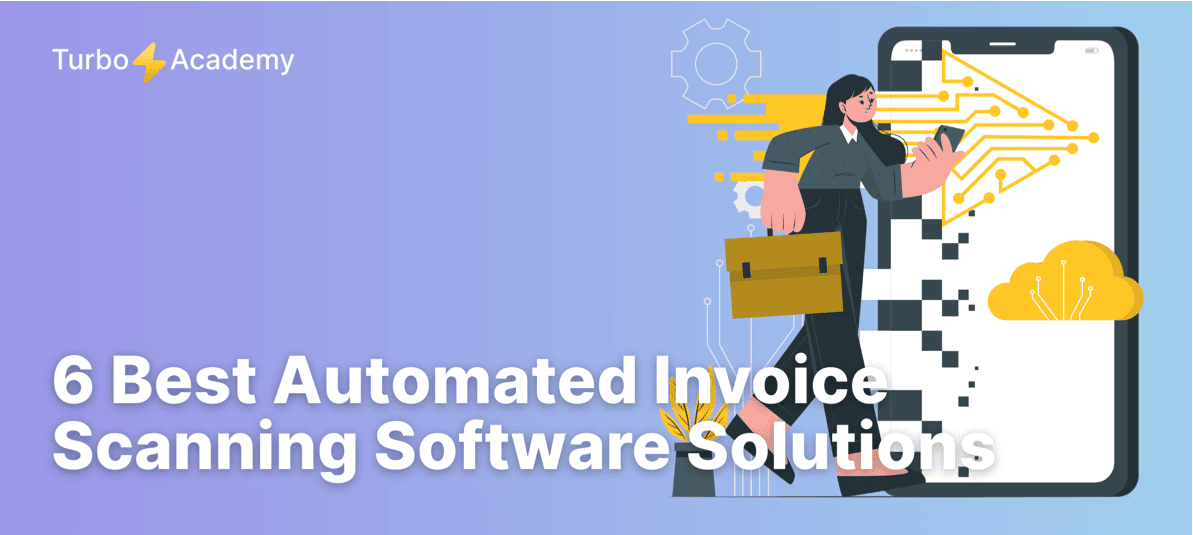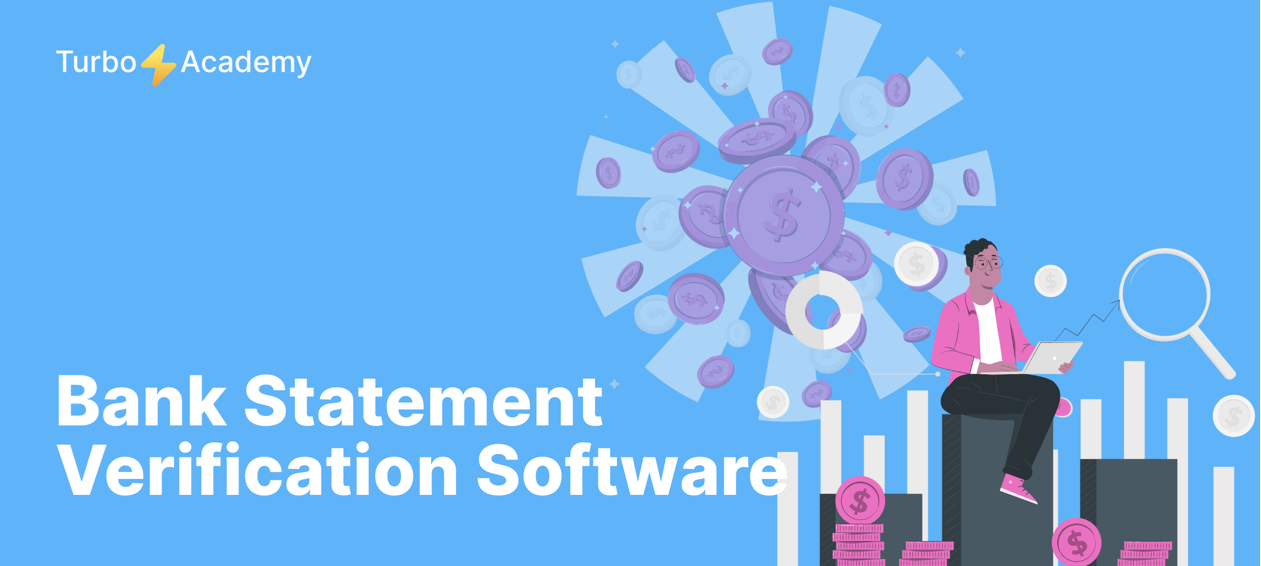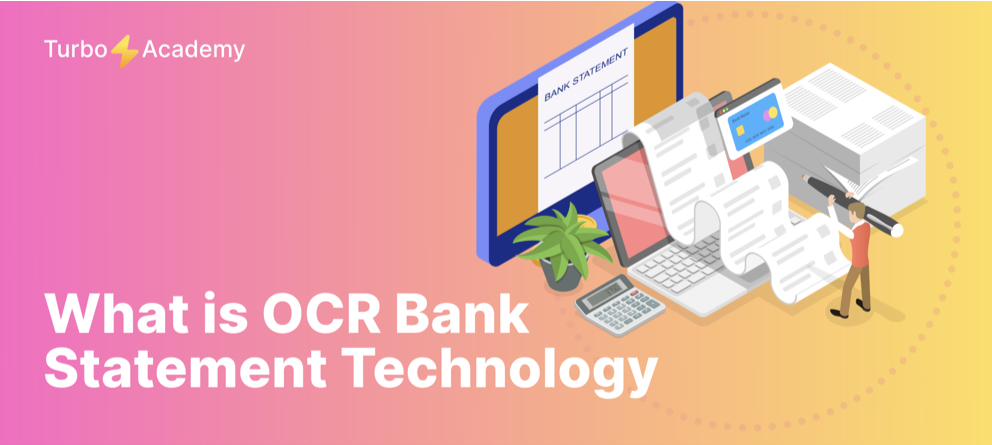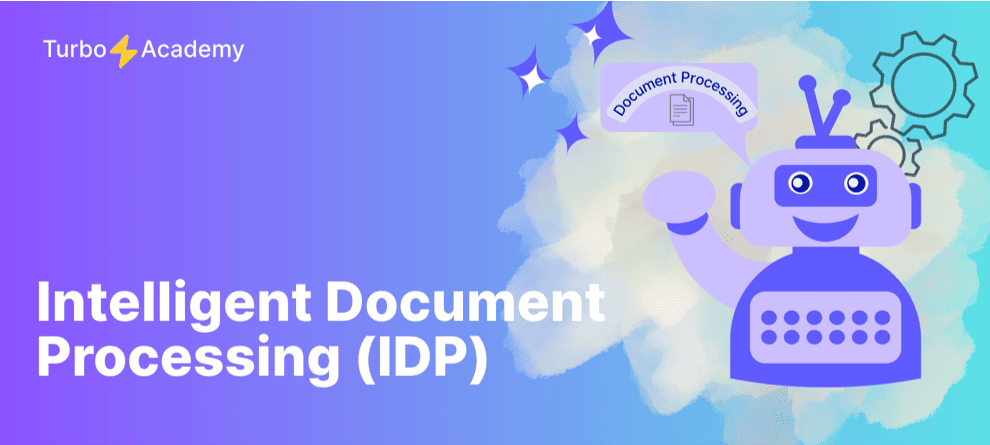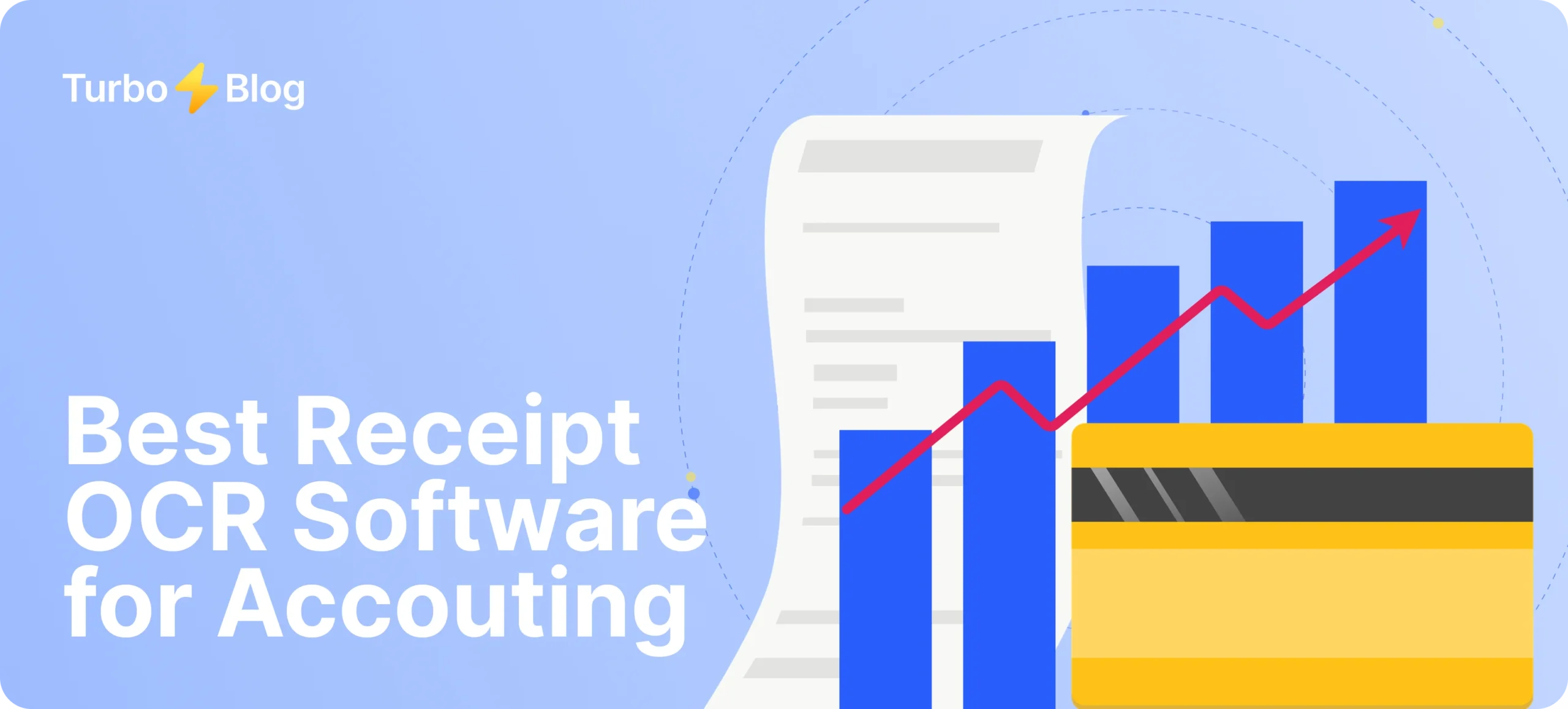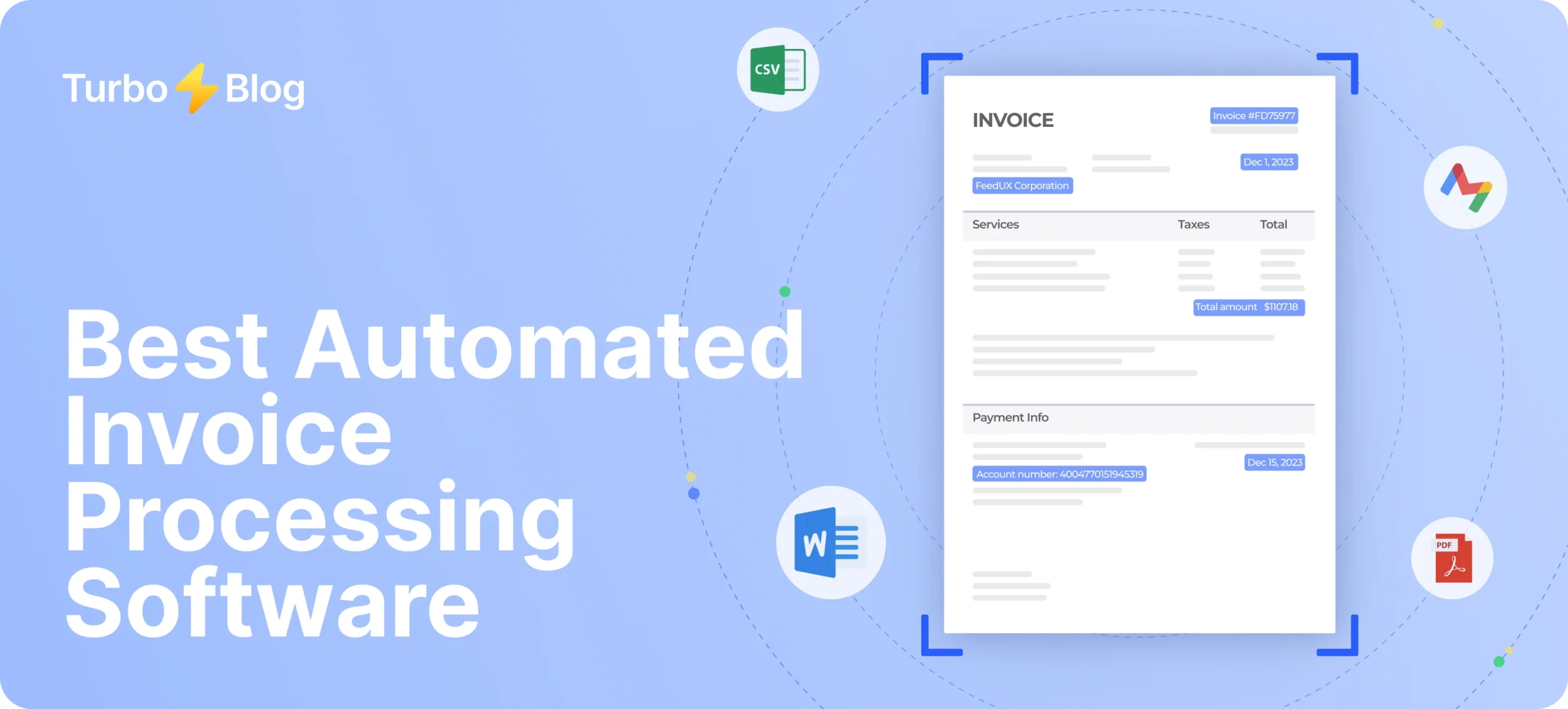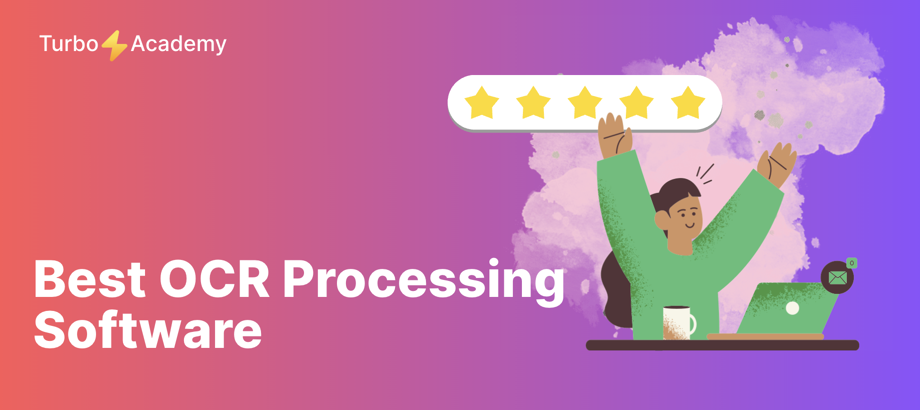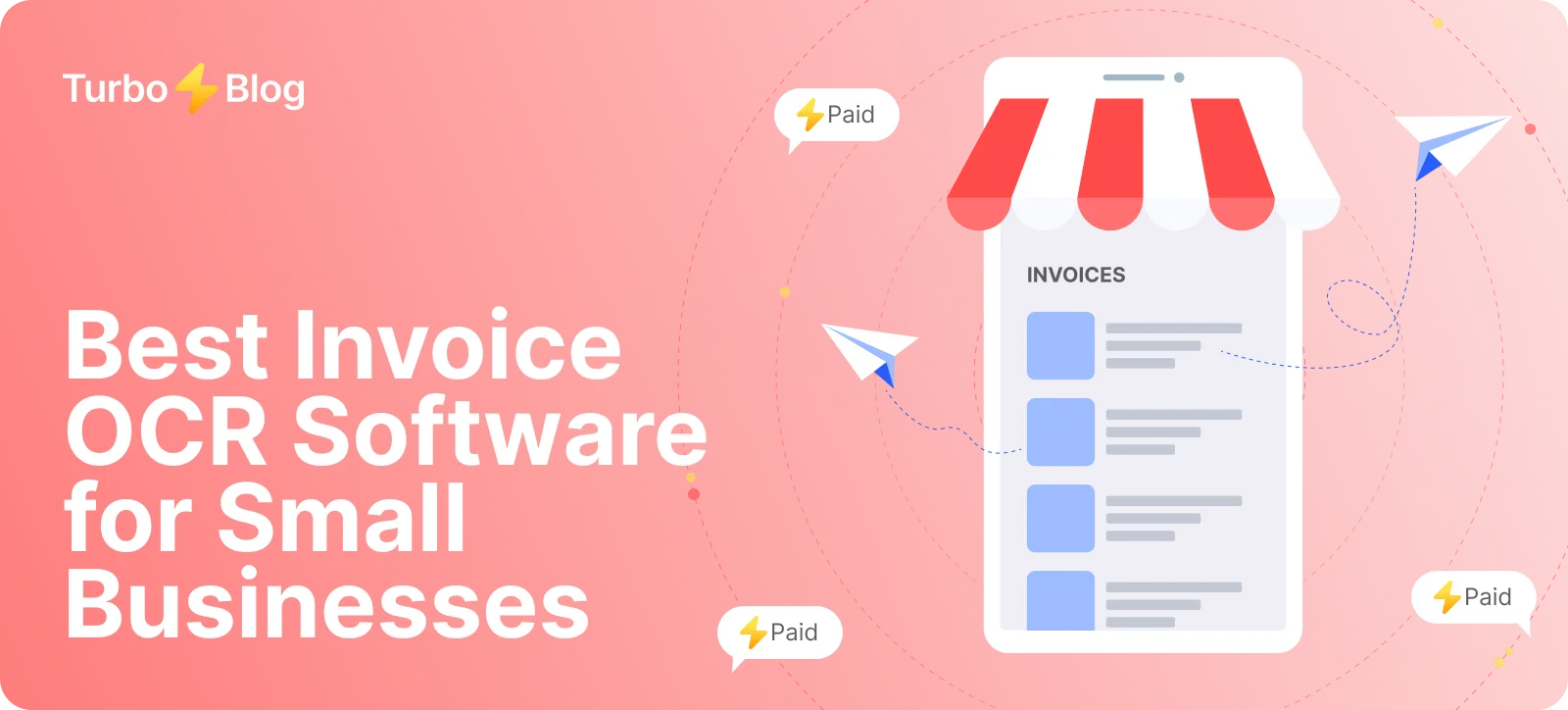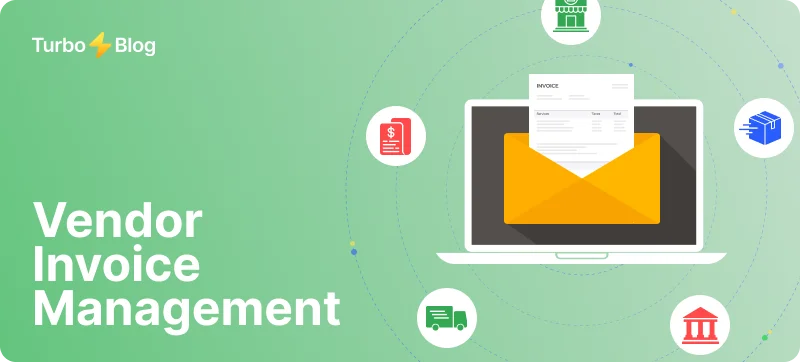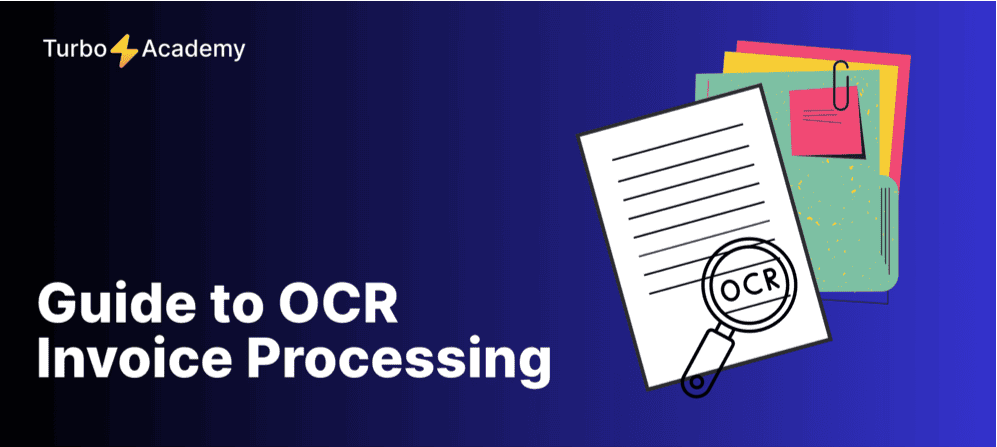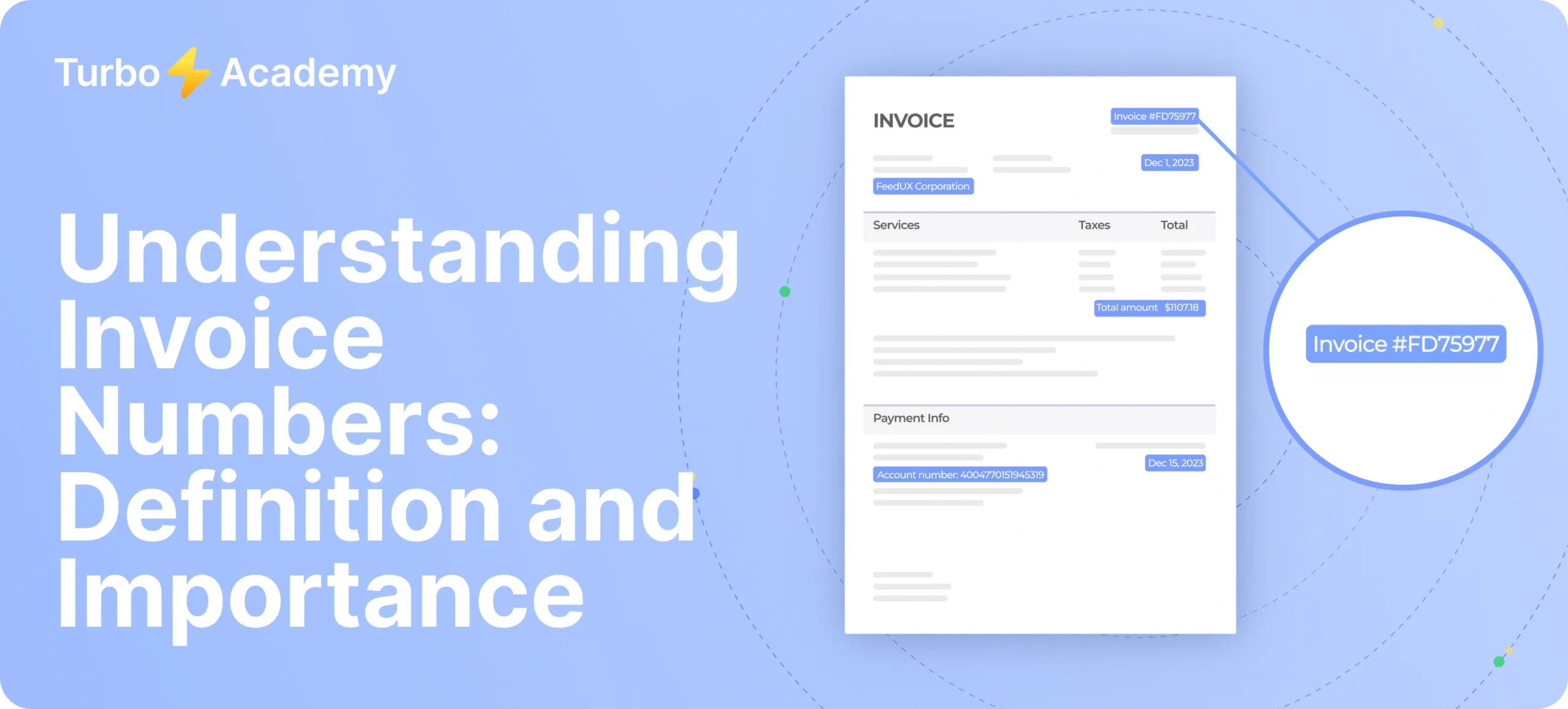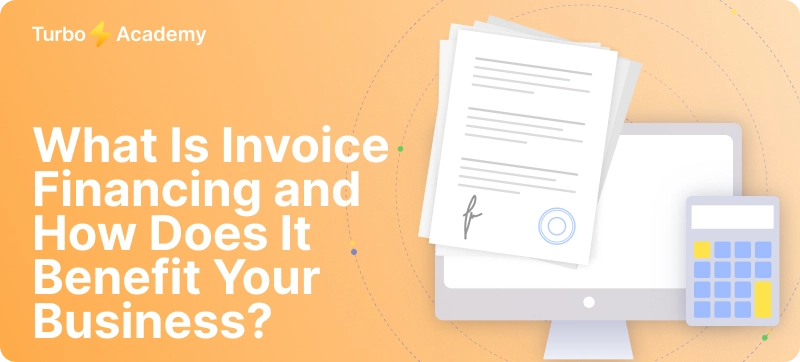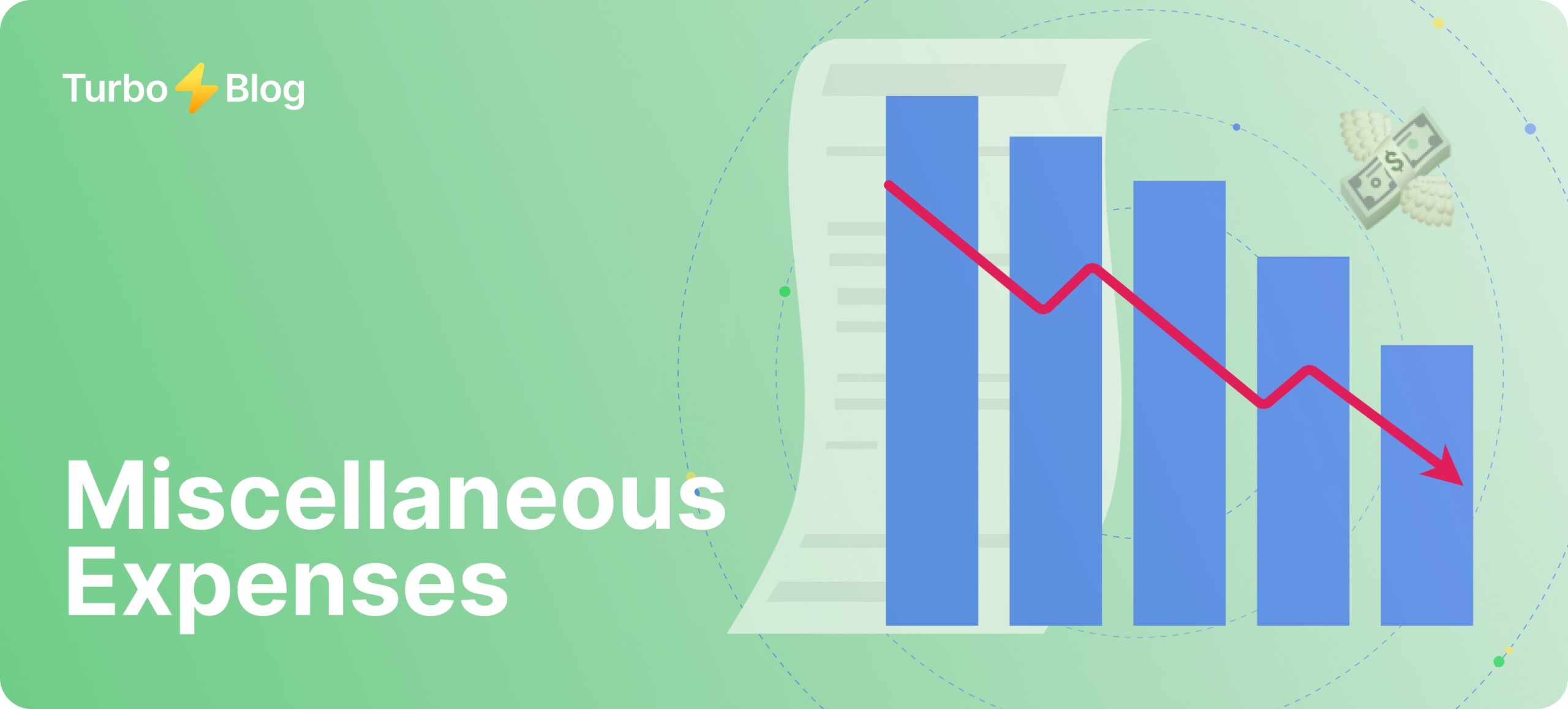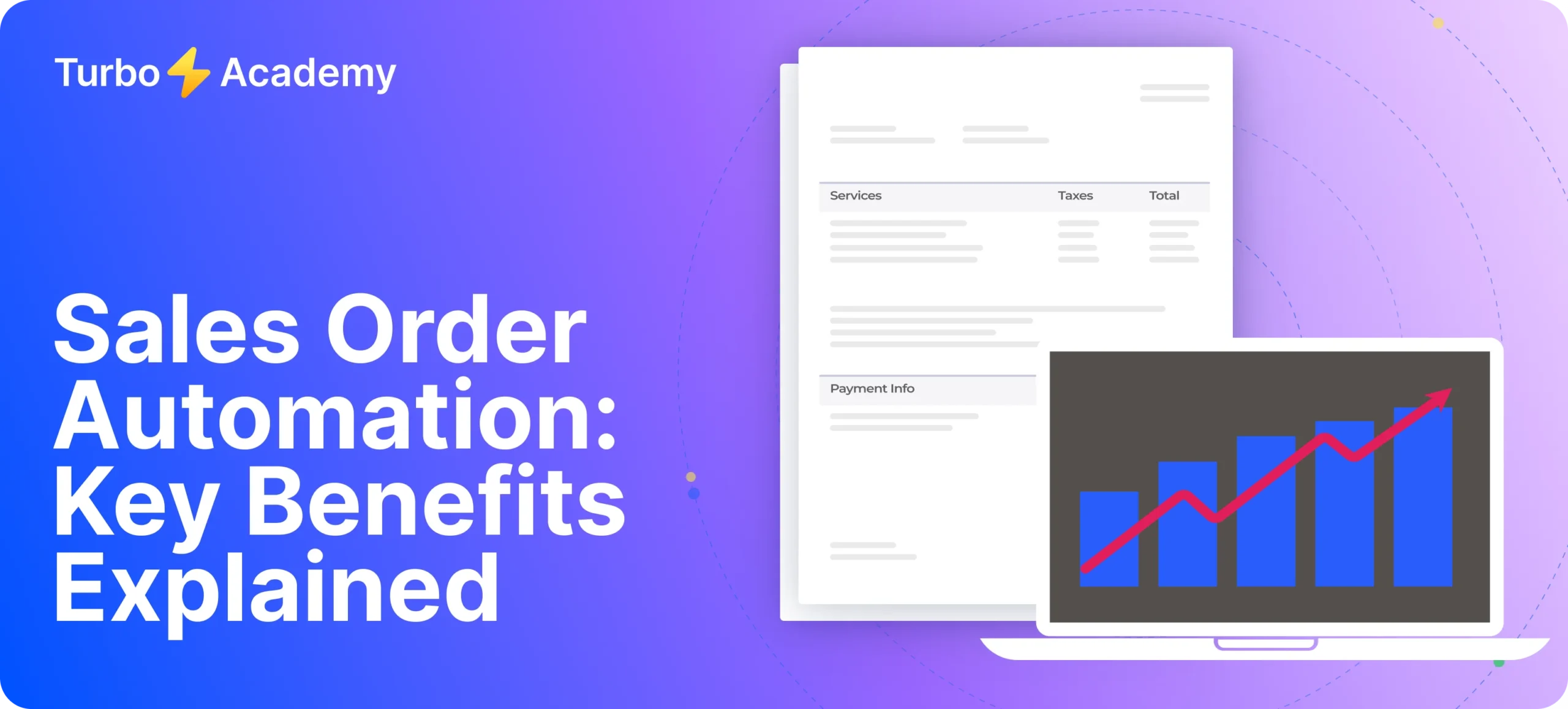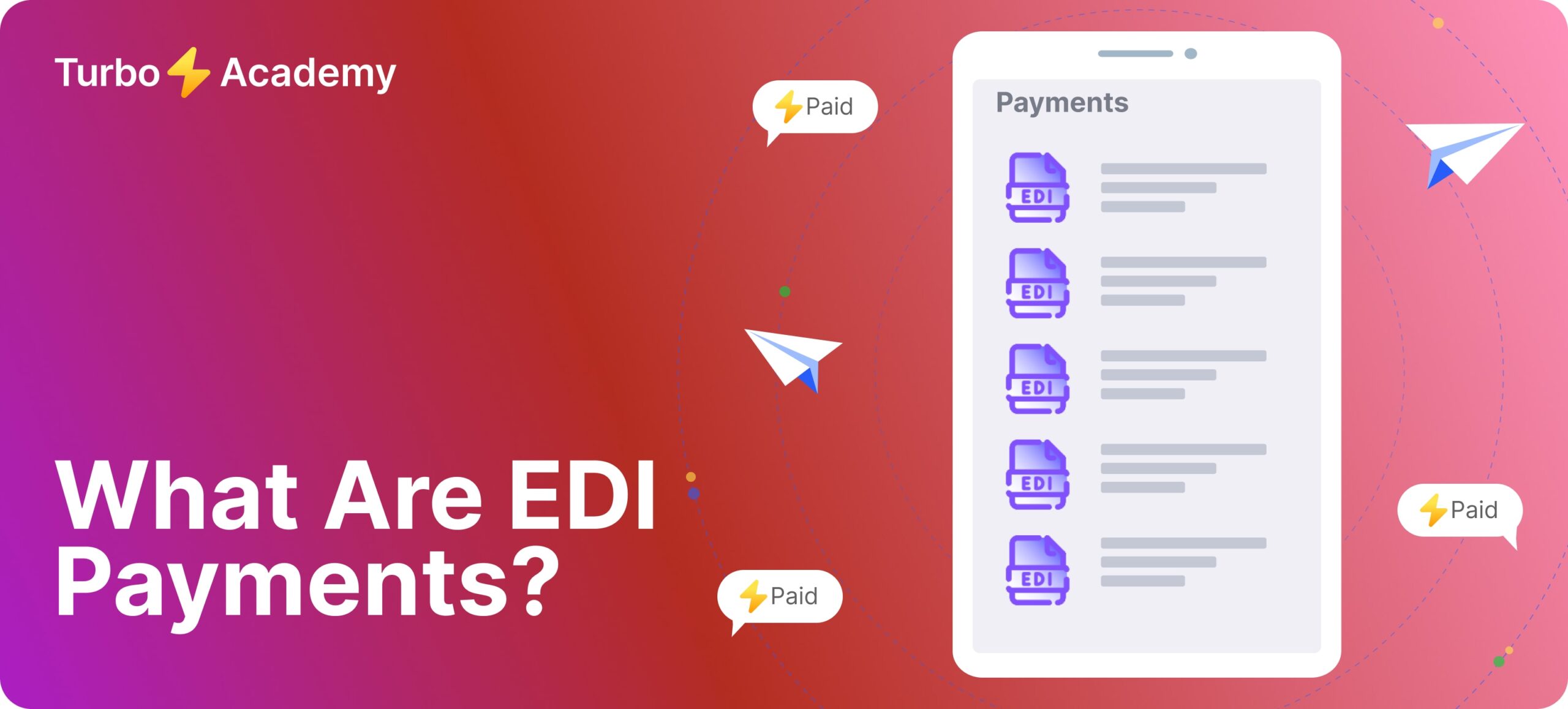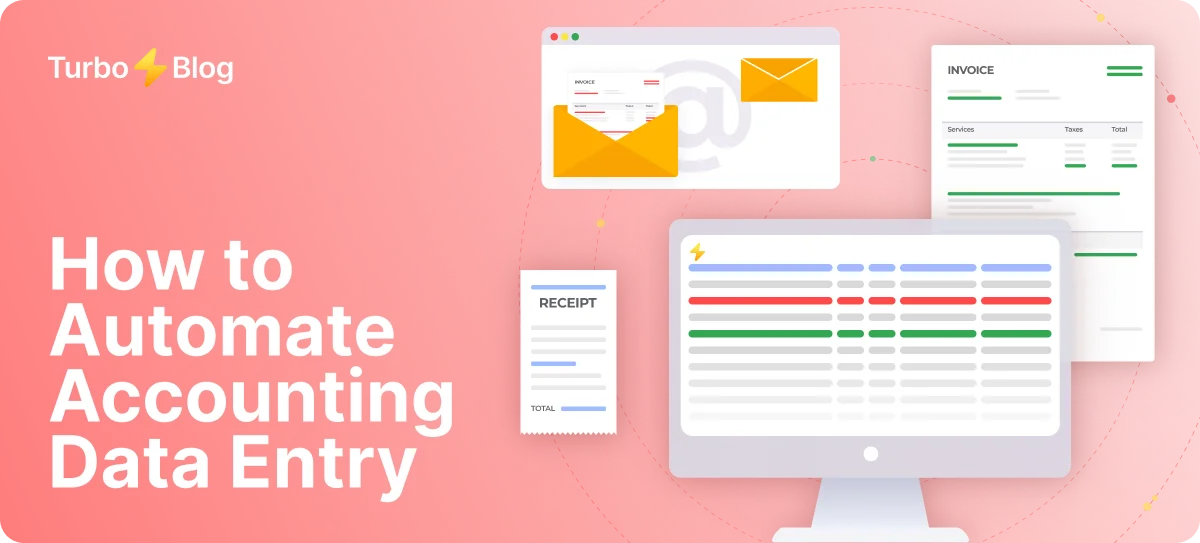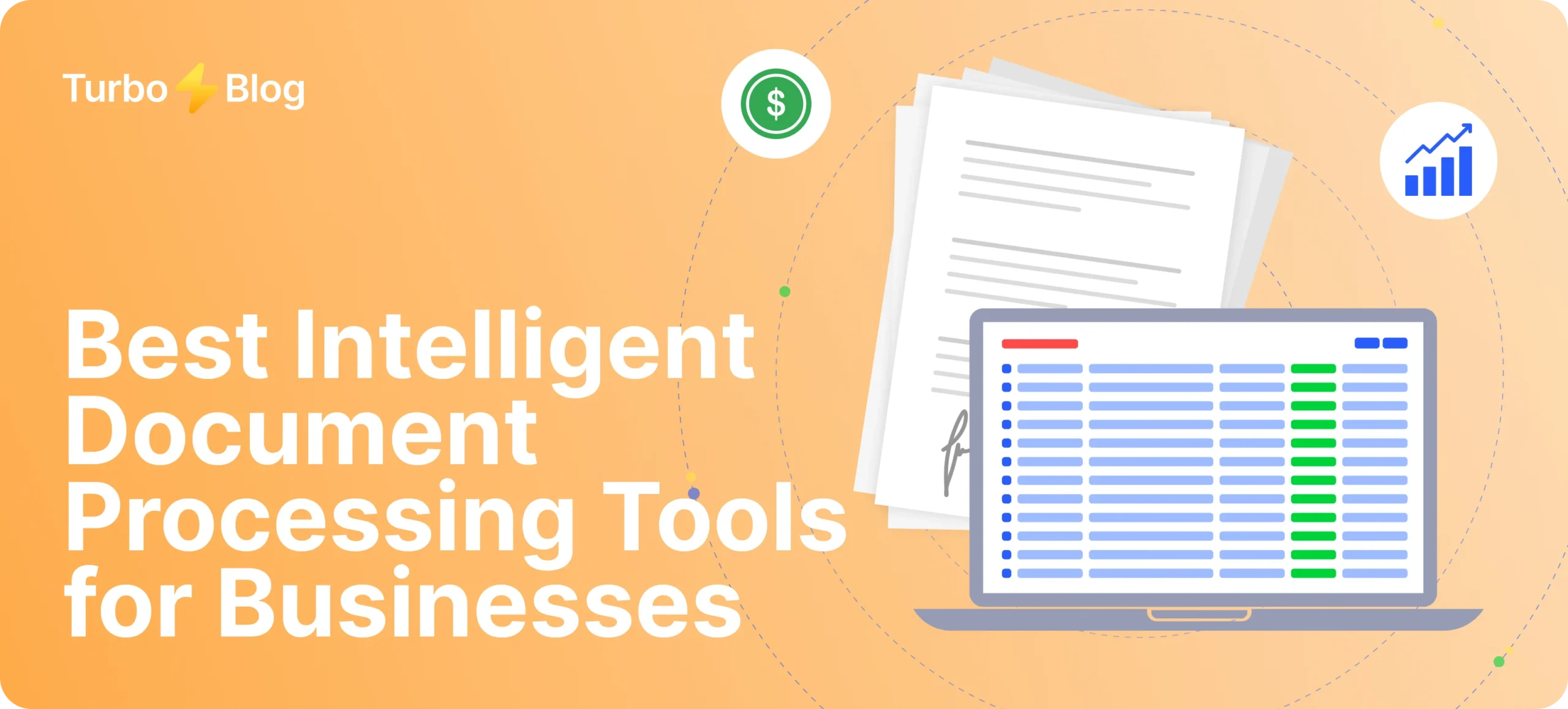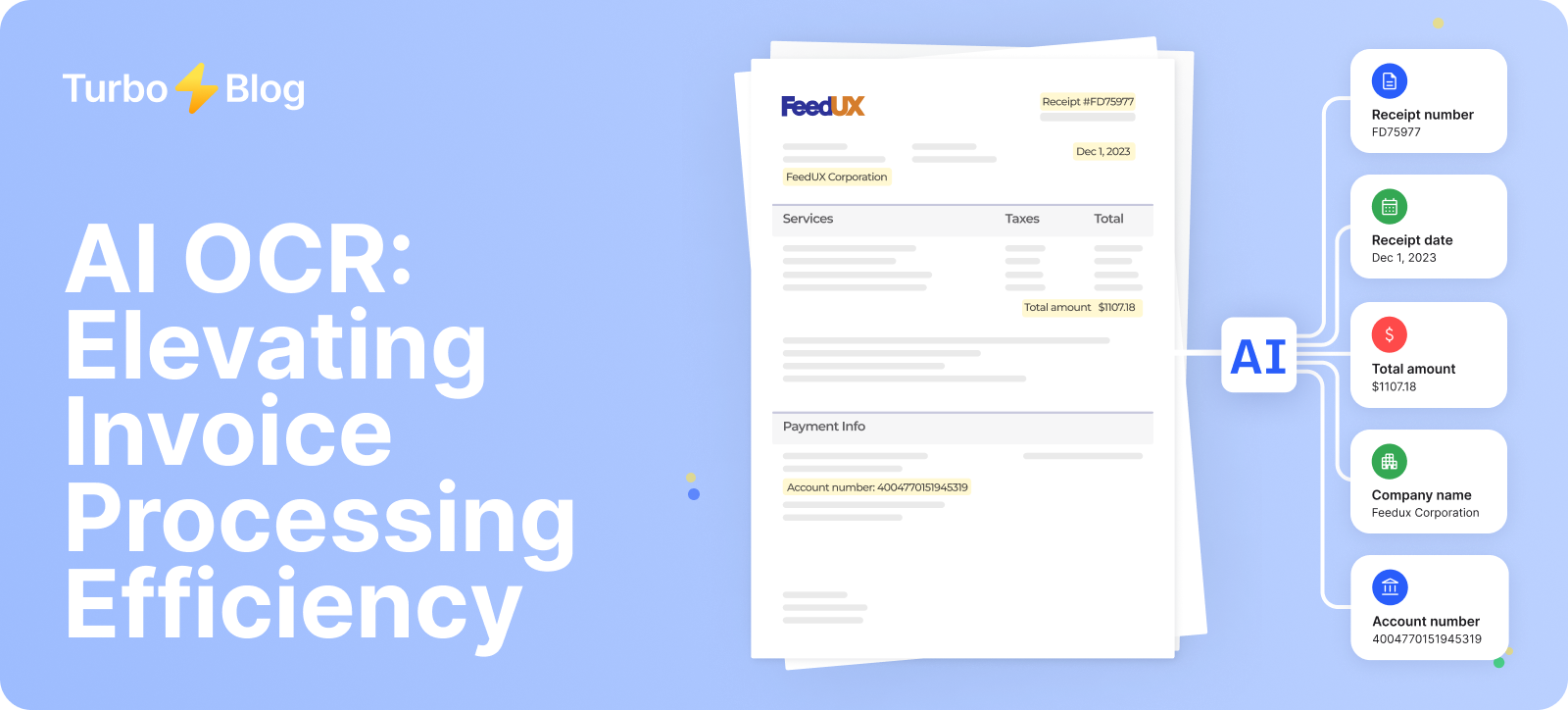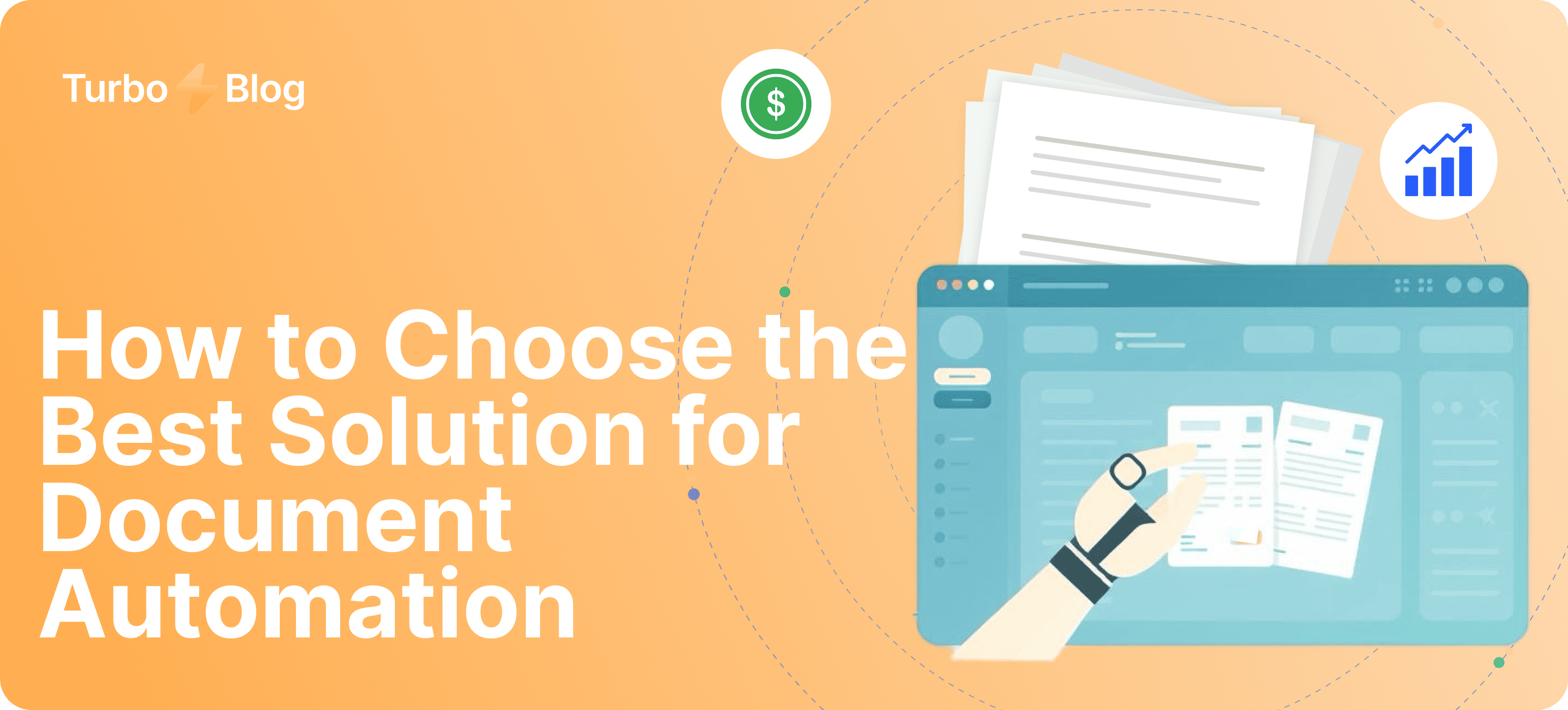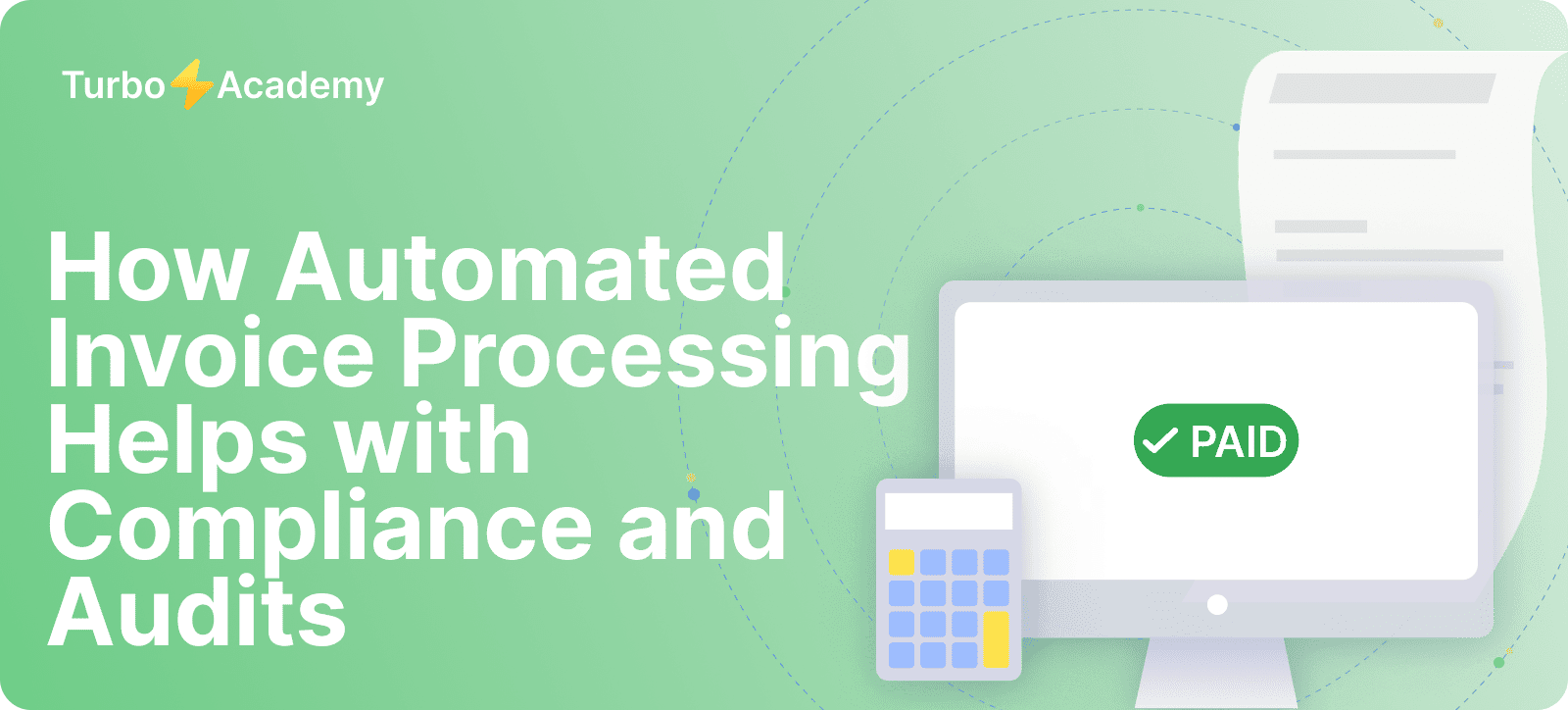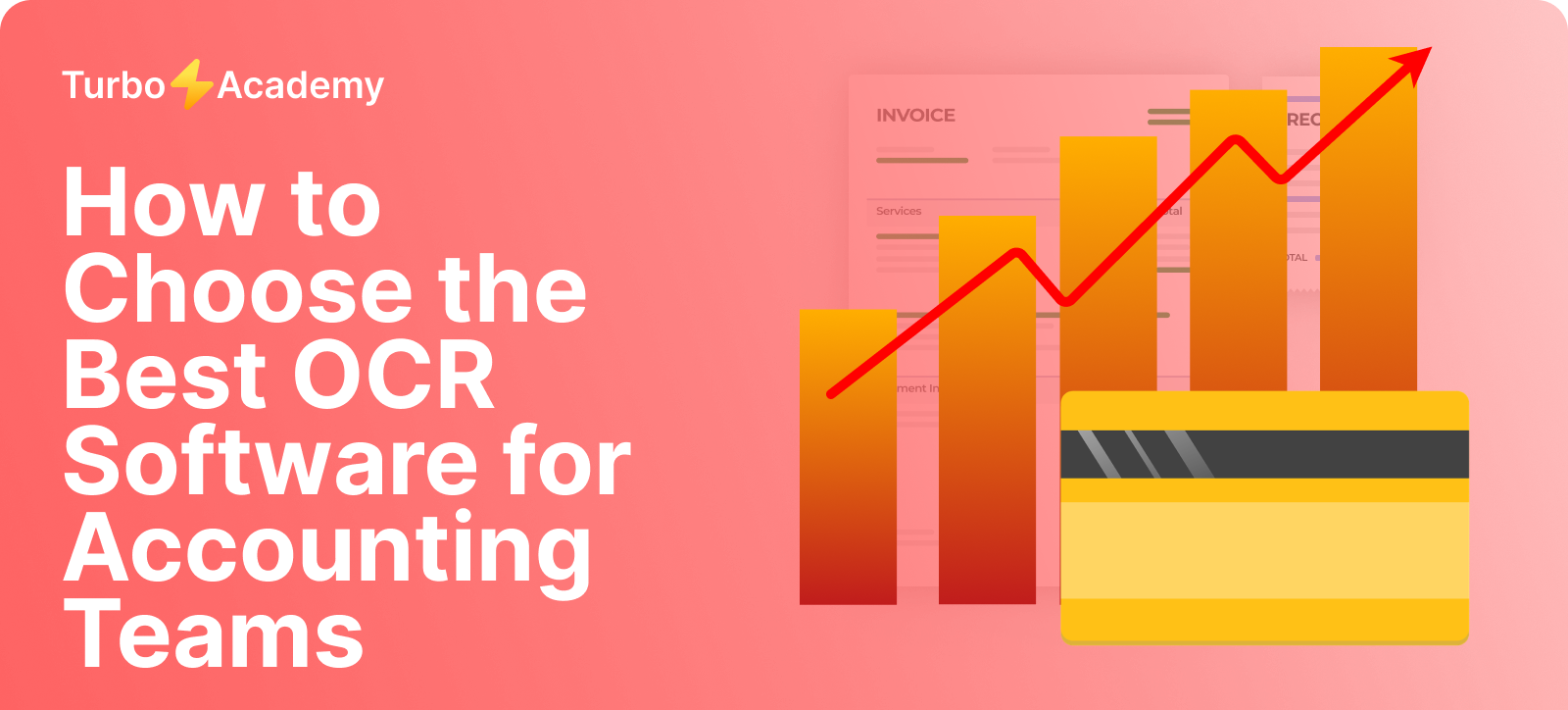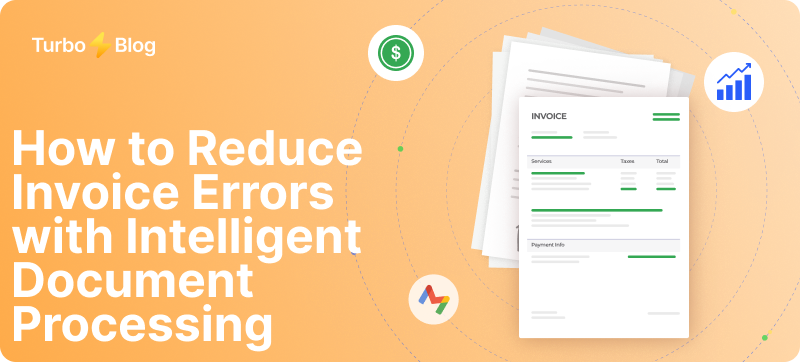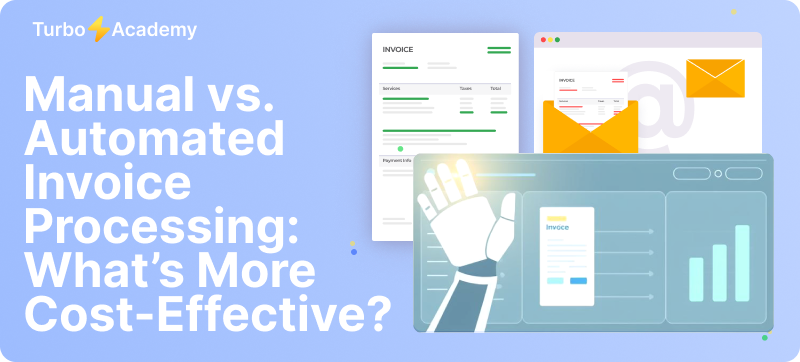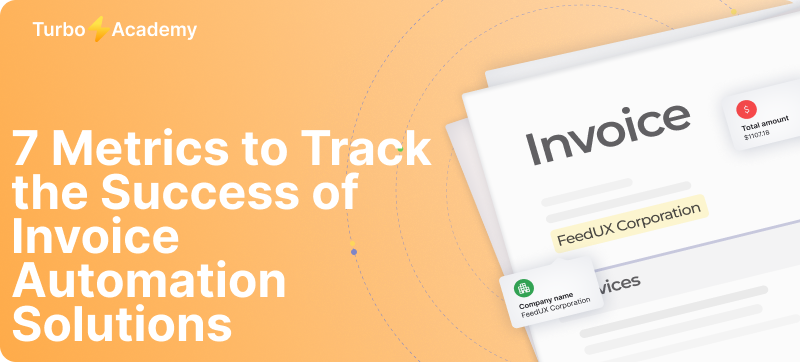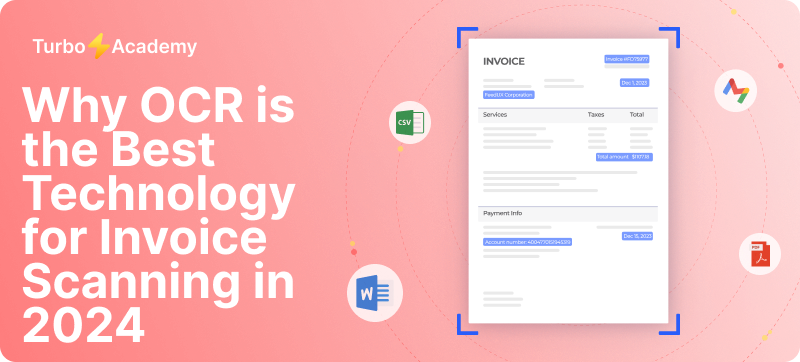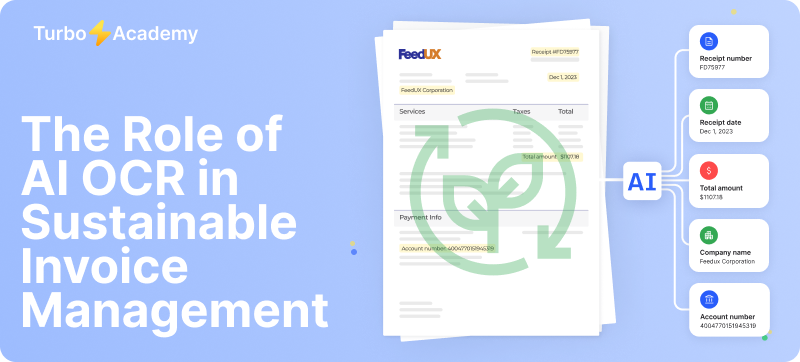Start with the Right Software
Efficient vendor invoice tracking is essential for maintaining healthy cash flow and fostering strong supplier relationships. Manual processes are often time-consuming and error-prone, leading many businesses to adopt automation solutions. Implementing best practices in automating vendor invoice tracking can streamline operations, reduce errors, and enhance financial management.
Automate document processing with TurboDoc
Recognize invoices, contracts, and forms in seconds. No manual work or errors.
Try for free!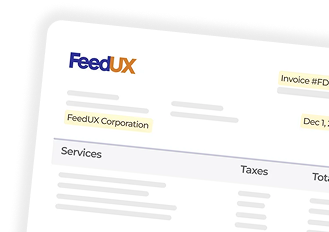
1. Implement Robust Invoice Management Software
Adopting specialized invoice management software is a foundational step toward automation. Such platforms offer several critical features, including:
- Real-time tracking: Monitor the status of invoices instantly.
- Automated reminders: Ensure vendors and internal teams stay on track with deadlines.
- Accounting system integration: Seamlessly link with your existing systems for smooth operations.
These tools enhance efficiency and accuracy. For instance, using invoice management software can automate payments and provide visibility into payment statuses, reducing manual intervention and errors.
2. Standardize Invoice Submission Processes
Establishing a standardized process for invoice submissions ensures consistency and reduces processing time. Encourage vendors to submit invoices electronically in a uniform format, facilitating seamless data extraction and entry into your system. Standardization minimizes discrepancies and accelerates the approval process.
3. Leverage Optical Character Recognition (OCR) Technology
Integrating OCR technology enables the automatic extraction of data from invoices, eliminating the need for manual data entry. Key benefits include:
- Data extraction: Automatically pull key details like supplier names, amounts, and due dates.
- Improved accuracy: Reduce human errors in data entry.
- Speed: Process large batches of invoices faster.
For example, AI-driven OCR systems can extract metadata from invoices, streamlining the data entry process and significantly reducing errors.
4. Establish Automated Approval Workflows
Design automated workflows that route invoices to the appropriate personnel for approval based on predefined criteria. This approach reduces bottlenecks and ensures timely processing. Automated routing and approvals eliminate delays that can lead to lost discounts and late fees.
5. Monitor Key Performance Indicators (KPIs)
Regularly tracking KPIs provides insights into the efficiency of your automated system. Consider monitoring these metrics:
- Processing time: Average time taken to approve invoices.
- Error rates: Frequency of manual corrections needed.
- Payment cycle times: Days taken to process payments end-to-end.
Tracking these metrics helps identify areas for improvement and ensures your automation system delivers optimal results.
6. Ensure Compliance and Security
Automated systems should enforce approval limits, track changes to invoices, and maintain an audit trail to reduce the risk of non-compliance and associated penalties. Implementing these measures ensures adherence to regulatory requirements and enhances data security.
7. Provide Training and Support
To maximize the benefits of automation, ensure your team is well-equipped to use the system. Steps to enhance adoption include:
- Comprehensive training: Teach staff how to navigate the system and leverage key features.
- Ongoing support: Offer resources like user guides or a help desk for continuous assistance.
- Feedback loops: Gather input from users to identify pain points and improve system usability.
Proper training ensures a smooth transition to automated processes.
Automate document processing with TurboDoc
Recognize invoices, contracts, and forms in seconds. No manual work or errors.
Try for free!



Case Study: Mitsubishi Electric’s Success with Invoice Automation
Mitsubishi Electric, processing over 500,000 invoices annually, implemented an automated invoice processing system that resulted in 90% of invoices being automated and a 60% reduction in approval times. This case exemplifies the significant efficiency gains achievable through automation.
TurboDoc.io: Streamlining Your Invoice Tracking
At TurboDoc.io, we combine cutting-edge AI-powered OCR technology with seamless automation tools to optimize vendor invoice tracking. With TurboDoc.io, you get:
- Real-time tracking: Know the status of your invoices instantly.
- Error-free data extraction: Reduce manual errors with advanced OCR capabilities.
- Integrated workflows: Connect seamlessly with your accounting and ERP systems.
- Sustainability impact: Transition to paperless invoicing, reducing your carbon footprint.
TurboDoc.io empowers businesses to reduce costs, save time, and enhance sustainability. Start transforming your vendor invoice tracking with TurboDoc.io today!
Automate document processing with TurboDoc
Recognize invoices, contracts, and forms in seconds. No manual work or errors.
Try for free!
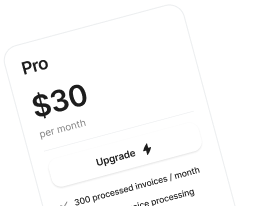
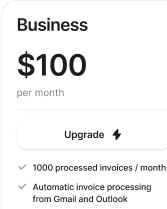
❓ Vendor Invoice Management FAQs
What is vendor invoice management?
Vendor invoice management is the end-to-end process of handling supplier invoices — from receiving and validating them, to approval and payment. Traditionally, this involves manual tasks such as keying in data, matching invoices with purchase orders, and chasing down approvals.
Why should I automate vendor invoice management?
Automation streamlines the entire workflow. It eliminates repetitive data entry, reduces human errors, speeds up approvals, and ensures vendors are paid on time. The result: fewer disputes, stronger vendor relationships, and a more efficient finance team.
What are the challenges with manual invoice handling?
Manual processes often lead to misplaced invoices, duplicate payments, slow approvals, and compliance risks. These inefficiencies not only cost money but also damage vendor trust.
How does automation improve accuracy?
Invoice automation uses AI and OCR to capture data directly from invoices. It automatically matches invoice details against purchase orders and receipts, highlighting any discrepancies before they turn into costly mistakes.
What features matter most in invoice automation software?
Look for features like smart data capture (OCR/AI), automated three-way matching, customizable approval workflows, seamless ERP/accounting integration, and detailed reporting dashboards.
How long does it take to set up an automated invoice system?
Implementation depends on your existing processes and the software you choose. With modern cloud solutions, businesses often go live in weeks rather than months — including setup, configuration, and staff training.
Can invoice automation integrate with my current systems?
Yes. Most leading solutions integrate directly with popular accounting and ERP platforms, syncing invoice data automatically and cutting down on manual entry.
What cost savings can I expect from automation?
Savings come from reduced labor costs, fewer payment errors, stronger compliance, and the ability to take advantage of early-payment discounts. Over time, automation pays for itself.
How does automation support compliance?
Automated workflows enforce company policies and regulatory requirements by ensuring approvals follow the right path, maintaining complete audit trails, and flagging non-compliant activity.
What if some of my vendors still send paper invoices?
No problem. You can digitize paper invoices using scanning and OCR tools. Over time, you can encourage vendors to switch to digital invoicing by showing them how much faster and easier it makes the payment process.

